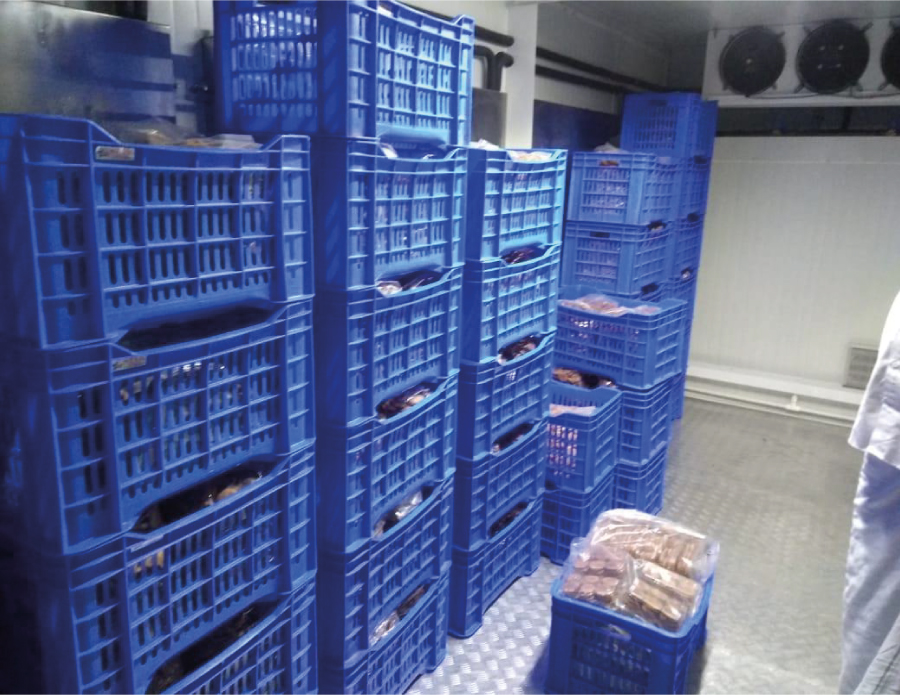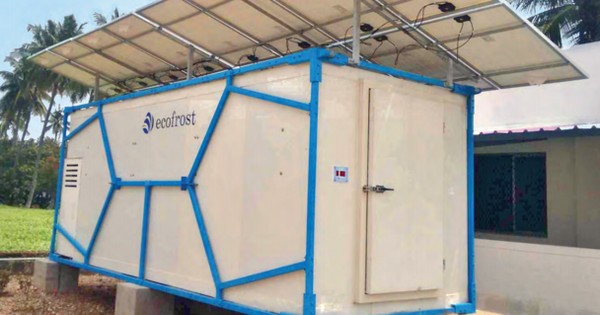Article originally published by Krishi Jagran
Rotting or ripening of fruits and vegetables is a big problem. The freshness of these fruits and vegetables gets lost before reaching the consumers. And the main problem is non availability of refrigerated trucks or vans and poor availability of electricity in all the places. The rotting of harvested crops also leads to a waste at a criminal level, especially for a country like India which has over 350 million extremely poor people, who are clearly unable to afford two square meals a day.
India loses nearly 38 percent every year of its total harvest due to a variety of reasons, mainly related to the lack of an efficient market linkage system as well as absence of a large scale climate-proof storage capacity. This severely impacts the incomes of a large majority of Indian farmers, of which nearly 86 percent barely manage to eke out a living, earning less than USD 1,000 a year for all their toil and effort.
With the rise in use of solar power, several Indian companies have developed storage rooms and cubicles, powered by solar energy, increasing the shelf life of the harvest nearly 10 times and boosting farmers’ incomes.
Energy expenses account for about 28-30 percent of total expenses in cold storage in India. This means that electrical energy is a major running cost to maintain the cold storage facility. Moreover, grid power supply in the rural areas is very poor with respect to its quantity and quality. This is one of the main reasons behind the abysmally low penetration of cold storage rooms in India and the clear absence of an integrated cold chain that can store, preserve and transport perishable goods like fresh vegetables and fruits.

But now, it is the same sun that could come to the rescue of the farmers and help them preserve their goods for a much longer duration, allowing them to benefit not only from market dynamics and sell their harvest only when they find a buyer at the right price. Over the last few years, the development of solar-powered storages have become a rage across the world, with numerous start-ups and established refrigeration companies alike offering several options for farmers to establish cooling rooms as per their needs.
The solar-powered cold storage offers an ideal response to the needs of Indian farmers as it adequately addresses the problem of post-harvest losses in fruits, vegetables and other perishable food. In these, the crop is placed in clean plastic crates, which are then stacked inside the cold room. This extends the freshness of fruits, vegetables and other perishable food from two days to about 21 days.
Cold rooms are well insulated in order to maintain the necessary temperature, often up to 8°C. The energy comes from the solar panels that are mounted on the roof-top of the cold room and is stored in high capacity batteries that feed an inverter, which in turn feeds the refrigerating unit.




